Choosing a motion sensor for lighting - what is important to know?
Criterias of choice
So, there are several rules, using which you can correctly select the motion sensor. Let's consider what experts advise:
- Decide where to install. For the street, it is recommended to choose a detector with IP degree of protection not less than 55, better 65. If the device is installed under a canopy, it is allowed to choose a model with the index IP44. When choosing a motion sensor to turn on lighting in a room (house, apartment or garage), the degree of protection may be less, provided that there is no increased humidity and dust.

- We consider possible obstacles. Let's move a little away from the topic and talk about the types of detectors. There are devices that respond to thermal radiation (infrared). They turn on the light when detecting any moving objects, including animals. The second type of product is sound or, as they are also called, acoustic (they work when noise occurs). The next type of DD is microwave. They emit waves that can pass through obstacles to detect movement. Well, the last, combined devices that combine several response methods. So, in apartments, in the country, and in private houses, we recommend using infrared sensors or a combined version of infrared radiation with ultrasound. For security, the best solution would be to use microwave models that react even through small obstacles (for example, a partition). Such devices are used in garages, warehouses and, in general, in alarm systems.

- Determined with viewing angle. If you can enter the room from several sides (for example, 2-3 doors in the corridor or staircase), then it is better to choose a motion sensor with a viewing angle of 360 degrees (ceiling). If you need to turn on the light when passing through one specific area, then it is enough to select a detector with a viewing angle of 180 degrees and direct it to the desired detection zone.

- We take into account the power of the lamps. It is equally important to choose the power of DD. To do this is quite simple - we find out the power of the chandelier in the room, or, for example, the LED spotlight on the street and select the power of the detector with a small margin.
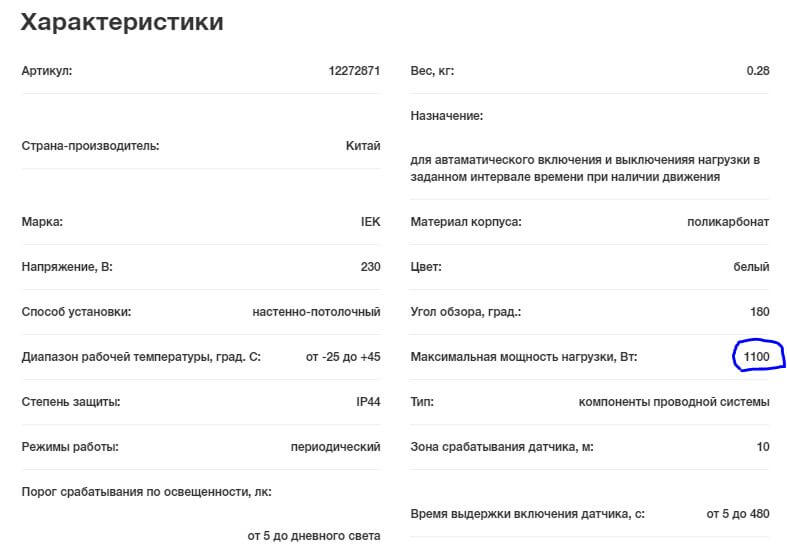
- We determine the radius of action. Also, when choosing a motion sensor, you must take into account the maximum distance to which it is able to respond. As a rule, the detection radius is from 6 to 50 meters.Accordingly, for small rooms in the apartment and the house, you can choose the minimum radius (in the toilet, kitchen, hallway, bathroom), but for inclusion street lighting you need to determine the radius of action and based on this select the appropriate parameter.

- Availability of photo relay. Recently, most DDs are additionally equipped with light detectors, which allow even more save energy. The scheme of work in this case is this: the light turns on only if the level of illumination is lower than the specified settings. This is logical, because it makes no sense to turn on the lighting during the day.

- Animal protection. Another useful feature that we recommend paying attention to. If you have pets, for example, a small dog in the yard, it is better to choose a motion sensor with protection from animals. Otherwise, the inclusion of light will be triggered by your pets, which is not very convenient and economical.
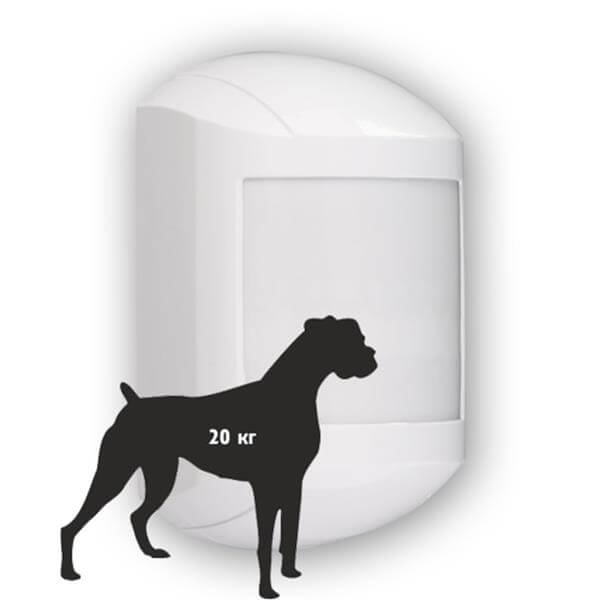
That's all the tips you should consider when choosing a device. Another important point is the manufacturer of detectors, as longevity and correct operation of the product depend on it. If you do not know which motion sensor is better to choose, we recommend stopping at the products of such companies as Theben, Rev Ritter, Orbis and Camelion. In the latter case, the manufacturer is Chinese, but, nevertheless, it is optimal in price and quality. You can figure out a suitable model if you take into account our 7 tips provided above.
In detail about installing a motion sensor with our own hands we told in the corresponding article, where we also examined the connection schemes of the product!
To summarize
And finally, we recommend that you familiarize yourself with our recommendations regarding the choice of a detector for certain places, so:
- In the house and apartment, it is advisable to install an infrared sensor with protection from animals.
- Ultrasonic models work well in entrances and on stairs, which are able to turn on the light even if you have not reached the right place (they react to the noise level).
- In security systems, it is best to use sensors that emit magnetic waves. They help turn on the alarm even when detecting movement behind thin partitions and glass.
We also recommend that you watch a video in which experts made an overview of the characteristics of existing DDs:
That's all I wanted to tell you about how to choose a motion sensor to turn on the light. We hope that the provided advice helped you in choosing the best option for your own conditions!
We also recommend reading:



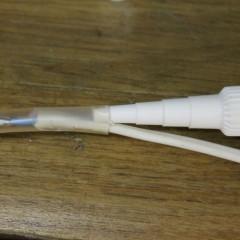
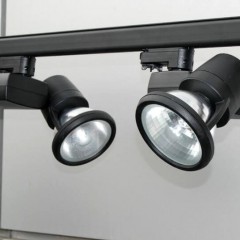
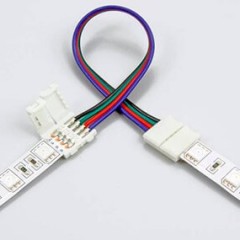

Thanks for the informative and concise description. Wow.
Unfortunately, they did not say anything about the temperature requirements for the sensors. Very sorry. Now it’s minus 30 on the street, in minus 25 unheated premises
- I didn’t figure out which type of sensor suits me ...
In this case, it is necessary to consider the characteristics of each individual sensor. Since some can work in the temperature range from -20 to +40, and some from -10 or from -30 (as you need). For example, the Barrier ABT-30 or the Sentinel M-300.
Help with the choice of light sensor.
Place of installation Apartment.
I want the light to be lit only in the evening, and when it was light it did not turn on the light.
Yes, I have the same question. But I'm still interested in a bunch of two sensors (on the same lights that will illuminate the way to the toilet at night). One sensor is not enough for me (the apartment is large, and the corridor is with a turn).
Advise the motion sensor to the street instead of the installed Photorelay FR-601. I want to hang the sensor on the same wires. Location: Fixed gate sliding gate. A sensor with a wide viewing angle and IP5 + is desirable